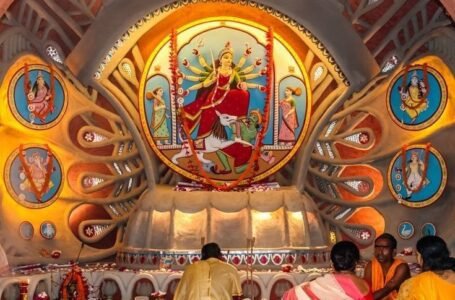Divulging the Secrets of Tell es-Ruler: The Old City of Jericho
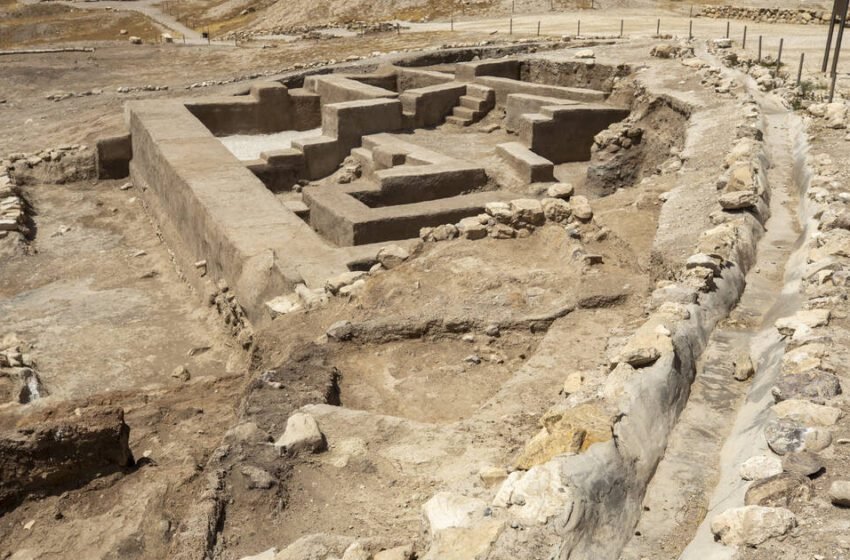
Also known as ancient Jericho, tell es-Ruler is possibly one of the most famous archaeological sites in the world. Located in Jordan Valley near modern-day city of Jericho in West Bank, Tell es-Ruler is a place where history, mythology and paleontology come together. Also sometimes referred to as the “oldest city on earth,” this ancient town has a fascinating story to tell about early human civilization stretching back thousands of years. Today’s blog post focuses on the pristine history of Tell es-King, its journey throughout time, amazing discoveries that have taken place at this period and why it is so important today.
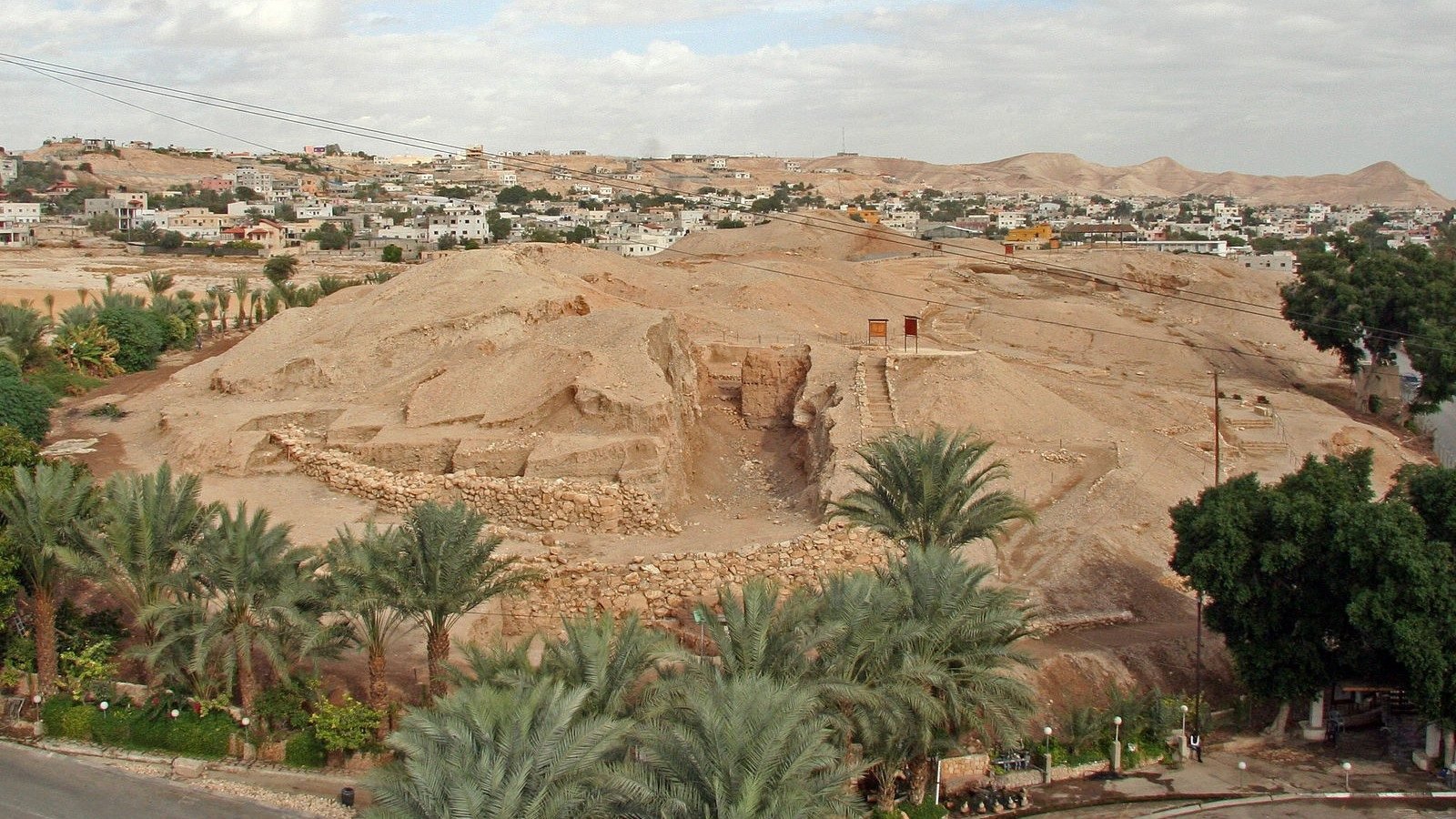
The Beginnings of Jericho: A Support of Civilization
The tales of a ruler tells us about the Natufian period around 10,000 BCE that probably represents the oldest human settlement. The area was located near the Jordan River and had many natural resources that made it a perfect place for early human habitation. These Natufians, primarily hunter-gatherers, began to adopt a more sedentary lifestyle laying the foundation for what would eventually be one of the earliest known cities in history.
As they moved from an itinerant way of life to one that is settled, the Natufians became involved in early farming, cultivating wheat and barley. This change was a major milestone in human history because it marked the beginning of complex societies. People at Jericho began constructing permanent structures such as simple mud-brick houses marking the start of urbanization.
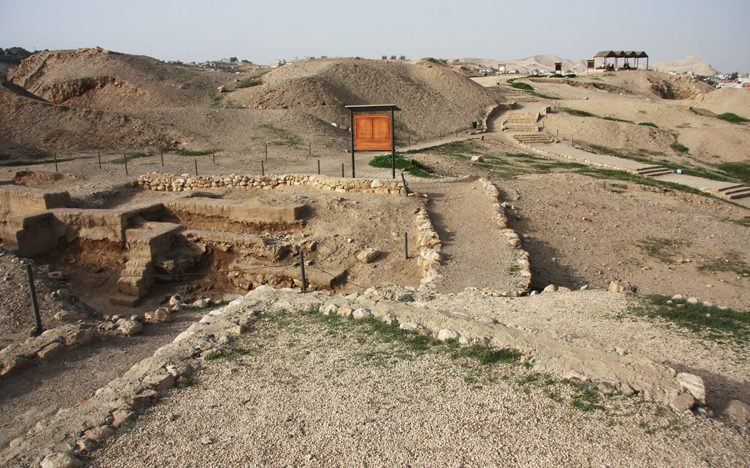
The Neolithic Unrest: The Introduction of Jericho
By the Pre-Stoneware Neolithic A (PPNA) period, around 8500 BCE, Jericho had grown into a settlement that was growing. Inhabitants of the city had established advanced farming practices which enabled them to sustain a burgeoning population. This era is marked by the construction of massive stone walls and towers, which are probably the earliest examples of defensive architecture.
One of Tell es-Sultan’s most stunning features from this time is the famous “Jericho Tower.” This tower, standing over eight meters tall, demonstrates the ingenuity of Jericho people. It was not only used as a defensive building but also symbolized the rising power and influence of the city within its region.
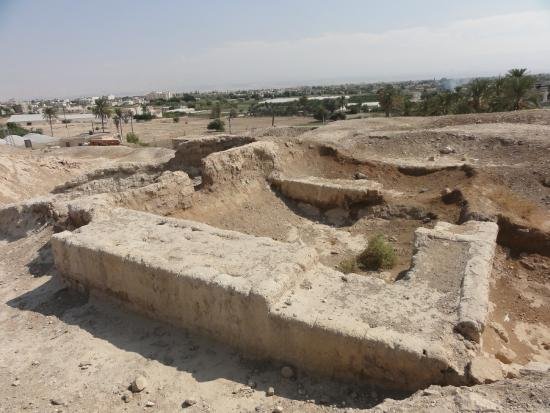
Jericho in the Bronze Age: A City of Prosperity
Jericho, however, kept growing as the city had a past of the Bronze Age when it became an important trade center. The city was fortified during the Early Bronze Age (c. 3300-2000 BCE) by an enormous stone wall that was subsequently reinforced in the following ages too. Jericho’s strategic location on major trade routes facilitated its prosperity and attracted merchants and traders from all over ancient Near East.
Jericho reached its height as a wealthy city-state during the Middle Bronze Age (c. 2000-1550 BCE). Archaeological evidence suggests that the city supported a complex social structure within which a sophisticated culture developed. The wealth of this city is visible in the finding of valuable relics such as jewelry, pottery, and weapons many of which came from distant places.
The Fall of Jericho: A Scriptural and Verifiable Perspective
The surrender of Jericho is conceivably one of the most popular and surely the most cogently emblematic occasion in the city’s history. According to the Holy scripture, the city was conquered by the Israelites in the leadership of Joshua after the kind intercession by God. It is written that after encircling Jericho, the Israelites for seven days with the horns and shouting the walls of the city crumbled down.
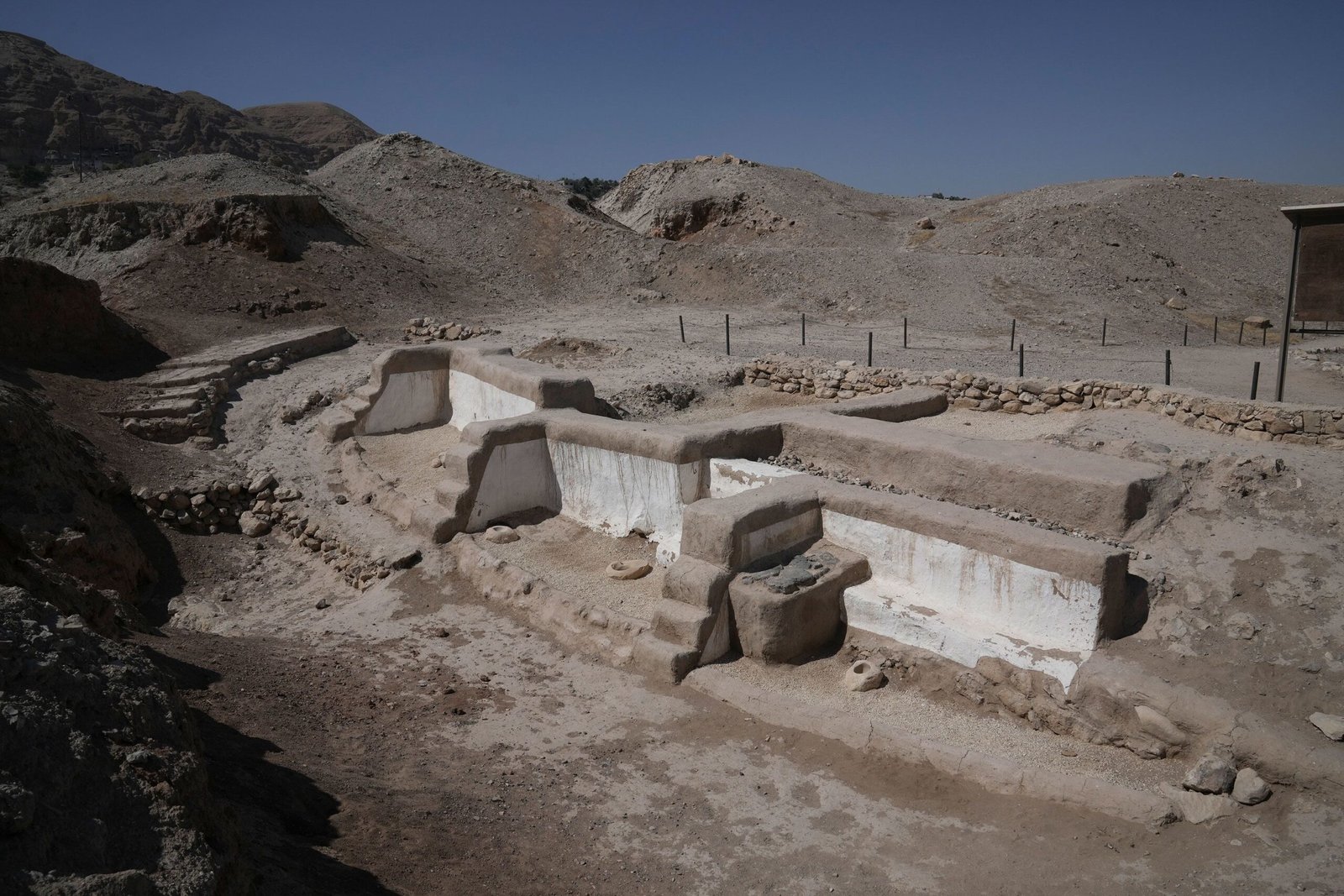
Thus, whereas the biblical narrative of the Jericho campaign did offer reliable data, archeology paints a rather different picture. Excavations conducted at Tell es-King have revealed various forms of destruction, suggesting that the city was destroyed and remodelled over the centuries. The particular purpose behind these obliterations continues to be a matter of debate prevailing among scholars the ones claiming that it was due to calamities such as quakes and the other suggesting that they were due to triumphs of warfare
Venture
The Development of Jericho: An Excursion Through Time
The transformation of Tell es-King from what was just a small Natufian village to what became a prosperous Bronze Age city is, indeed, a story to tell of the ingenuity and might of man. There were different transformations in the long term which were a part of the city’s history.
In Neolithic period this city transformed into the core of development where its inhabitants developed new farming techniques and even constructed the significant architectural structures, such as the Jericho Tower. It was also during this period that rigorous and formalities were also established as evidenced by the discovery of put skulls and other standard early treasures.
Soon after Jericho was turned into the Bronze Age the city-state transforms into a noisy one, trade and commerce becoming one of the major factors in the economy of the city. The wealth and importance of the city attracted people from all classes and hence created a very vibrant and diverse society. Parallel to this period were also built complex castles, which performed both practical and symbolical functions.
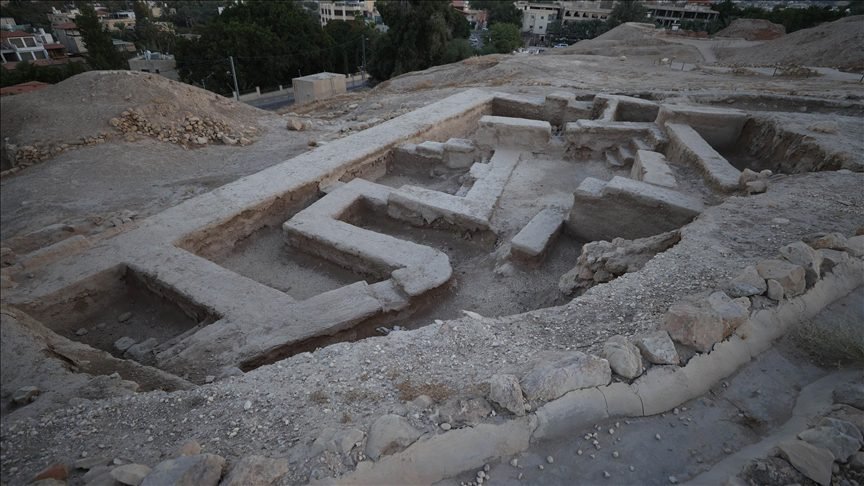
Nevertheless, Jericho’s process was not comfortable as well. The city faced a number of threats which stemmed from outside forces and also the forces within the city. Specific threats were quakes and flood which posed constant threats, while on the political front of the ancient close to East was volatile meaning that Jericho was much of the time caught in the middle of territorial conflicts.
Despite these challenges, one could observe significant fluidity among the residents of Jericho. Each time the city was built again from the start after being destroyed, the subsequent regime of construction reflected the requirements and objectives of the people of that age. This pattern of obliterating and recharging is a show of what it means to survive with one’s soul The people of Jericho are determined to defend their city and their history.
Jericho in the Iron Age and Then some: A City in Transition
But Jericho’s process didn’t cease with the Bronze Age. Therefore, this city went on playing an important role in the area in the course and context of the Iron Age (c. 1200-586 BCE) and even more. During this period a decline of Jericho political and monetary convection was noticeable as a considerable and more prominent urban communities developed in the region. In any case, the city stayed a fundamental social and formal focus.
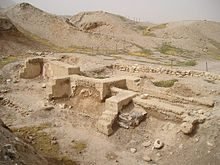
The period of Jericho’s Iron age history can be best described as a critical one given thescriptural account of the fall of the city and subsequent rebuilding by the Israelites. As noted by Finkelstein and Silberman, the evidences of the hostility hurled at the city after victory are illustrated in the Book of Joshua making it possibly surrender. However, archeological evidence suggests that Jericho continued to be settled up to a lesser degree during this time period.
During the next few hundreds of years, Jericho would see periods of its decline and growth The walls would come down again to be rebuilt later. The city was occupied successively by the Babylonians, Persians, Greeks and Romans. Each of these societies affected Jericho in the depth that enriched and diversify its history.
Removal
The Rediscovery of Tell es-Ruler: Early Explorations
The present day understanding of Tell es-Ruler and its significance began with several nineteenth century initial archeological study of the site. The earliest recorded investigation of the area was conducted in 1868 by the English traveler Charles Warren with the beginning of a long and continuous endeavour to discover the secrets of theanci ent Jericho.
Anyhow, finer excavations began only toward the middle of the twentieth century. It was around 1907–1909 that the German specialist in ancient Greek and Roman architecture, Ernst Sellin, executed the most extensive excavation at Tell es-Ruler. Another great achievement of Sellin was that he furnished the principal definite account of the site’s stratification and exposed the remnants of the primitive city walls.
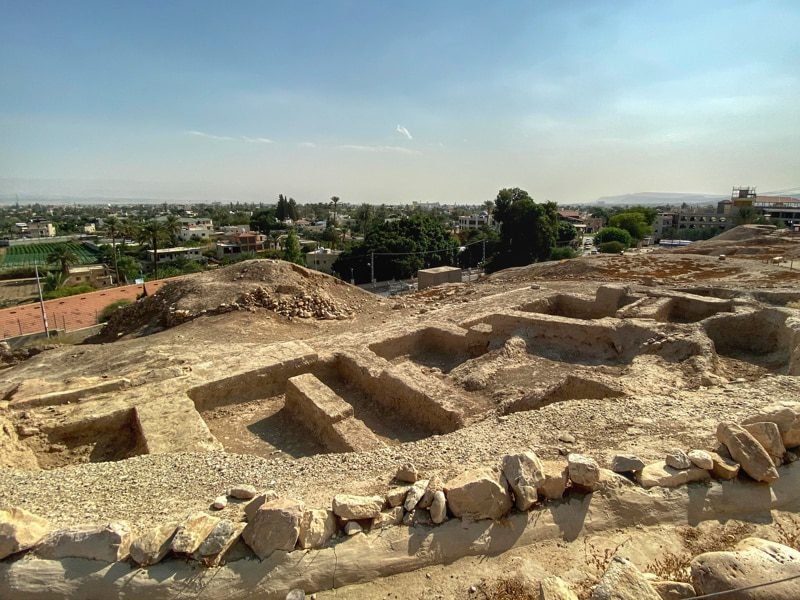
After Sellin, English classicist John Garstang supported uncovering endeavours at Tell es-Ruler rationally somewhere in the range of 1930 and 1936. Those works, and particularly the proof of an obliteration layer that Garstang recognized to the scriptural triumph at Jericho provoked enormous embraces and sooner added fuel to the fire of greater fascination of the site.
Kathleen Kenyon’s Unearthings: Another Point of view on Jericho
The chief archaeology at Tell es-Ruler was done by paleologist named Kathleen Kenyon between 1952 and 1958 in Jordan. Kenyon’s work changed the way that the site and the org site were understood and many of the interpretations of their narratives were challenged here for the first time.
Several detailed approaches to excavation that Kenyon adopted allowed her to come up with newly omitted ideas about the order of the site’s engineering. She was able to distinguish various phases of occupation at Jericho, every one of which has quite evident features. It was also done through her efforts to reveal the ten thousand year old societies, with chieftain estates and an astonishing colossal stone pinnacle as well as a broad arrangement of fortresses that she classified as Pre-Ceramics Neolithic A.
One of Kenyon’s most bizarre findings was her conclusion that the destruction layer assigned to the scriptural success of Jericho was inaccurate in terms of the chronology of scriptures. As per Kenyon, the city was at that point in decline when of the alleged Israelite attack. This tracking down begun intense debate as far as research was concerned and remains a topic for discussion even to date.
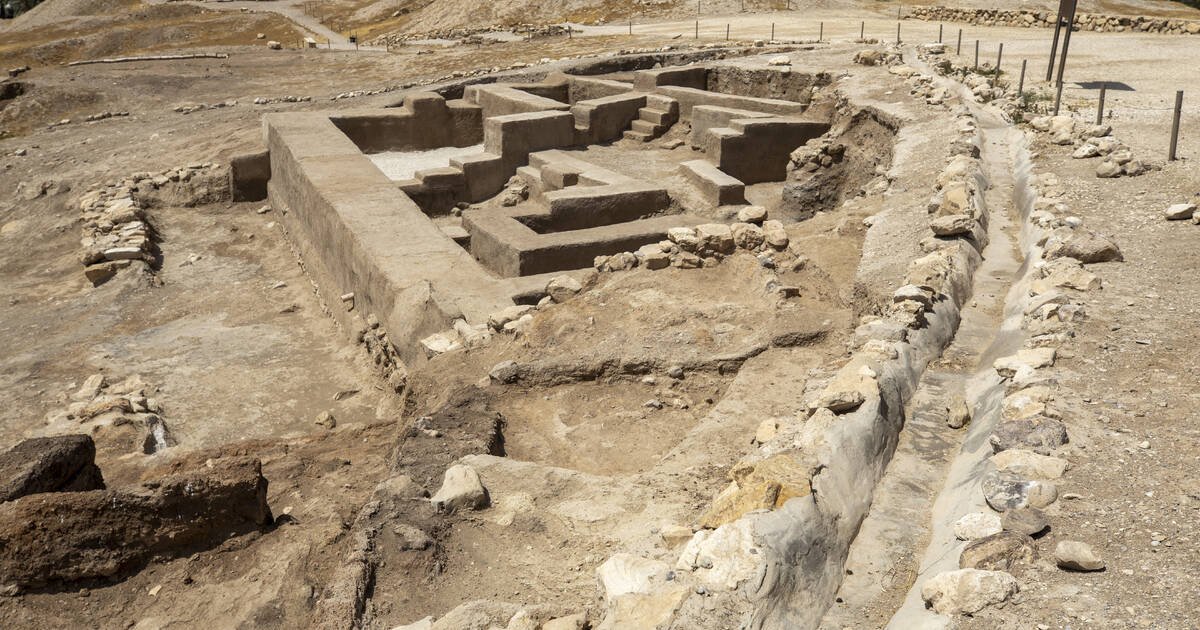
Ongoing Unearthings and Discoveries
Since Kenyon’s diggings at Tell es-Ruler, the site has remained a target of archeological analysis over the very long time. Excavations conducted by Italian archaeologist during the early nineties and mid 2000 have offered novel insights into experience and significance of the site in the context of the wider region of the ancient Near East.
These new excavations have proved that apart from the living layers, there existed more layers of occupation that demonstrated features of a mind boggling water management system that made it possible for the city to exist in an arid region.


